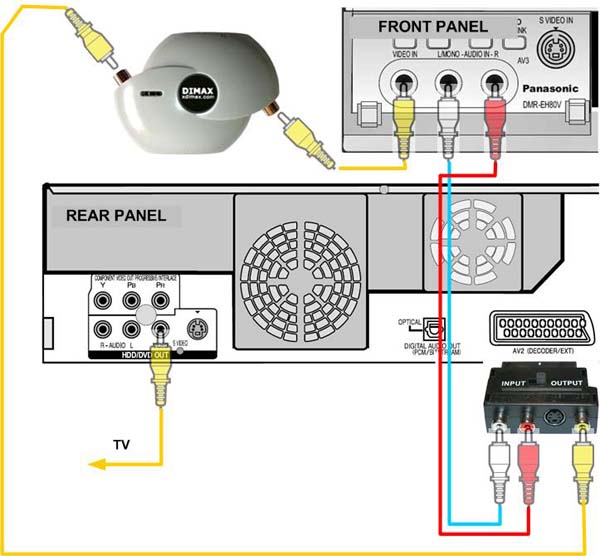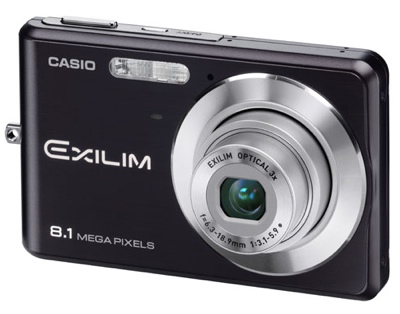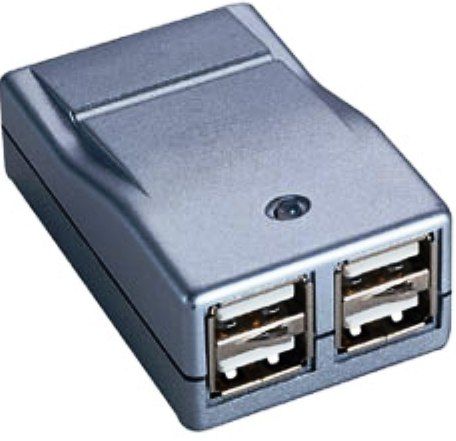Arithmetic /Logic Unit (ALU)- In computing, an arithmetic logic unit is a digital circuit that performs arithmetic and logical operations.
Audio Input- The audio input is a connection jack on an electronic component that receives electronic signals from a wire, or cable, sent by another component.
Biometrics-A security technique for checking and verifying identities that employs digitally created 'maps' of an individual's physical characteristics
Central Processing Unit- the CPU and the memory form the central part of a computer to which the peripherals are attached"
Circuit board-a printed circuit that can be inserted into expansion slots in a computer to increase the computer's capabilities
Computer- a machine for performing calculations automatically
Control Unit- A control unit in general is a central part of whatsoever machinery that controls its operation, provided that a piece of machinery is complex and organized enough to contain any such unit.
Data- a collection of facts from which conclusions may be drawn
Digital Camera- A camera that converts a collected image into pixels that are black or white digital or shades of gray. The digital data may then be manipulated to enhance or otherwise modify the resulting viewed image.
Expansion Slot- a socket in a microcomputer that will accept a plug-in circuit board; "the PC had three slots for additional memory"
FireWire- The IEEE 1394 interface is a serial bus interface standard for high-speed communications and isochronous real-time data transfer, frequently used by personal computers, as well as in digital audio,
Hard Disk- a rigid magnetic disk mounted permanently in a drive unit
Hardware- the mechanical, magnetic, electronic, and electrical components making up a computer system
Information- knowledge acquired through study or experience or instruction
Input- signal going into an electronic system
Keyboard- device consisting of a set of keys on a piano or organ or typewriter or typesetting machine or computer or the like
Laser Printer-electrostatic printer that focuses a laser beam to form images that are transferred to paper electrostatically
Memory- Computer data storage, often called storage or memory, refers to computer components, devices, and recording media that retain digital data used for computing for some interval of time.
Mobile Devices- A mobile device is a pocket-sized computing device, typically having a display screen with touch input or a miniature keyboard.
Modem- electronic equipment consisting of a device used to connect computers by a telephone line
Monitor- a piece of electronic equipment that keeps track of the operation of a system continuously and warns of trouble
Motherboard- A motherboard is the central printed circuit board in many modern computers and holds many of the crucial components of the system, while providing connectors for other peripherals.
Mouse- a pointing device that functions by detecting two-dimensional motion relative to its supporting surface. Physically, a mouse consists of an object held under one of the user's hands, with one or more buttons.
notebook: a small compact portable computer
output- An electrical signal that is sent from the amplifier to one or more speakers.
Plug-and-Play- In computing, plug and play is a term used to describe the characteristic of a computer bus, or device specification, which facilitates the discovery of a hardware component in a system, without the need for physical device configuration, or user intervention in resolving resource conflicts.
Pointing Device- A pointing device is typically a mouse, tablet, or some other device with effective dimensional motion.
Port- porting is the process of adapting software so that an executable program can be created for a computing environment that is different from the one for which it was originally designed
printer-an output device that prints the results of data processing
Random Access Memory- the most common computer memory which can be used by programs to perform necessary tasks while the computer is on
Read-Only Memory - memory whose contents can be accessed and read but cannot be changed
a scanner- is a device that optically scans images, printed text, handwriting, or an object, and converts it to a digital image.
server- is any combination of hardware or software designed to provide services to clients.
Software- written programs or procedures or rules and associated documentation pertaining to the operation of a computer system and that are stored in read/write memory
Supercomputer- a mainframe computer that is one of the most powerful available at a given time
Tablet PC- refers to a slate- or tablet- shaped mobile computer device, equipped with a touchscreen or stylus
Trackball- a pointing device consisting of a ball held by a socket containing sensors to detect a rotation of the ball about two axes--like an upside-down mouse with an exposed protruding ball.
Universal Serial Bus - a specification to establish communication between devices and a host controller, USB is intended to replace many varieties of serial and parallel ports.
USB Flash Drive- consists of flash memory data storage device integrated with a USB





































No comments:
Post a Comment